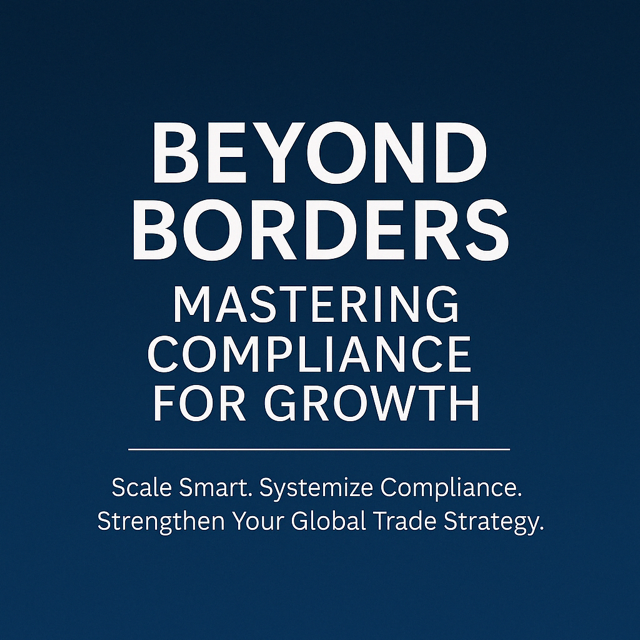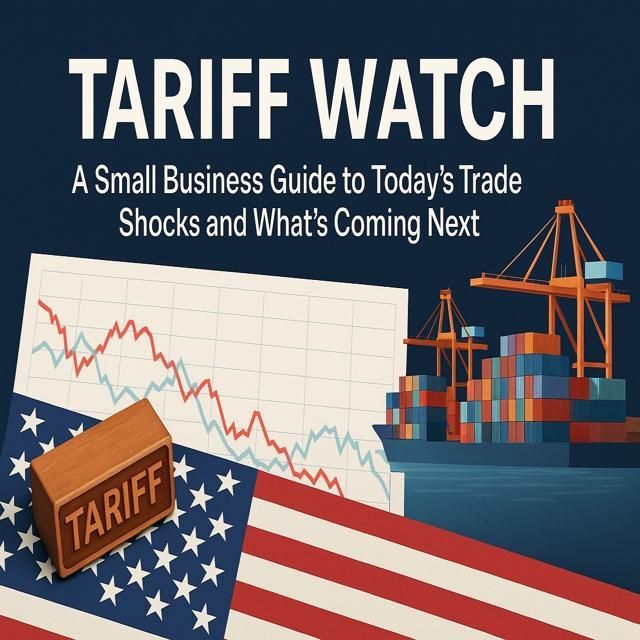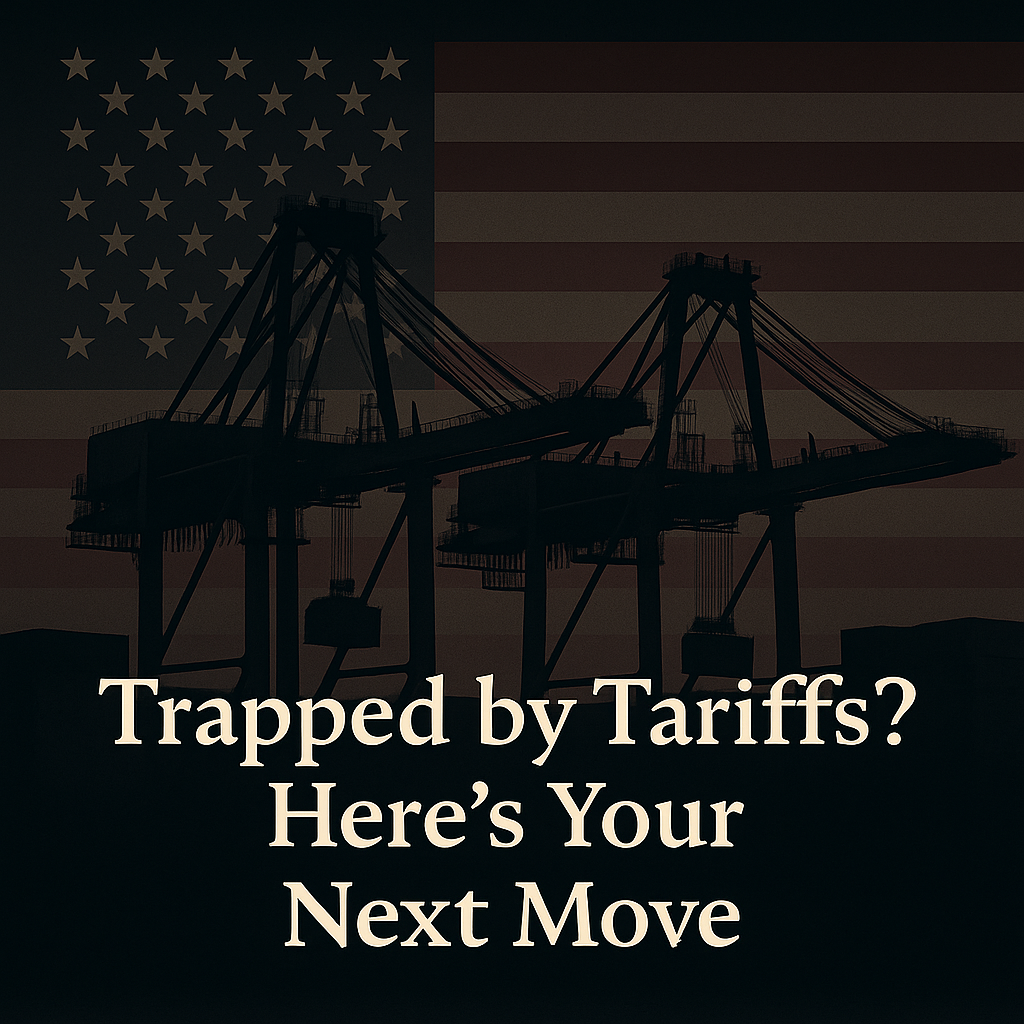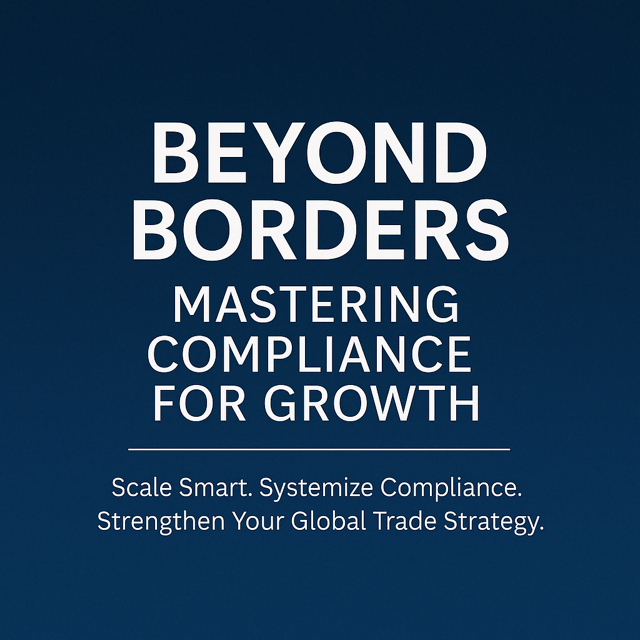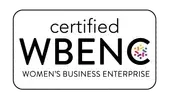Audio Conversation:
Full Blog Article:
For small and midsize U.S. businesses looking to expand into international markets, staying compliant with evolving customs regulations isn’t just about ticking boxes—it’s about keeping goods moving, customers happy, and profits intact. Every year, U.S. Customs and Border Protection (CBP) and other trade-related agencies update rules to reflect shifting economic, geopolitical, and security priorities. And 2025 is no exception.
This article breaks down the key updates to U.S. Customs regulations in 2025, what they mean for your business, and how to ensure you remain on the right side of compliance while seizing new opportunities in the global trade arena.
Why Do Customs Rules Change?
Before diving into the new rules, let’s talk about why customs regulations evolve in the first place. Regulatory changes can stem from:
- New trade agreements or retaliatory measures
- National security concerns and economic policy
- Technological innovation in trade facilitation
- Enforcement priorities targeting supply chain risk
- Changes in global sourcing trends and manufacturing dependencies
Understanding this context helps importers and exporters not only comply but also anticipate changes and build more agile trade strategies.
What’s New in U.S. Customs Regulations in 2025?
1.
Revamped De Minimis Threshold Enforcement One of the biggest headlines in 2025 is a tighter rein on de minimis shipments (Section 321). Businesses have long enjoyed duty-free entry for shipments valued under $800. But concerns over misuse, especially with Chinese e-commerce platforms, led to a major overhaul.
What changed:
CBP now requires enhanced data elements on all de minimis shipments, including the seller’s name, product country of origin, HTS code, and shipment tracking number[¹]. Companies using third-party fulfillment centers must also disclose whether they are acting as the Importer of Record.
What it means for SMBs:
If you’re a U.S. importer relying on direct-to-consumer shipments via overseas suppliers, you’ll need to adapt quickly. Automating data collection and ensuring compliance with Section 321 restrictions will be critical to avoid shipment delays or penalties.
2.
New Tariff Landscape: Steel, Aluminum & Reciprocal Tariffs
2025 ushered in a new era of targeted trade retaliation and reciprocal tariffs, significantly affecting the cost of imported goods for U.S. businesses. Among the biggest changes are updates to tariffs on steel, aluminum, and their derivatives, along with key imports from Canada, Mexico, China, and other major trade partners.
What changed:
- Steel and aluminum imports are subject to increased tariffs and quota restrictions under Section 232, with rates reaching up to 25% depending on origin and form[⁶].
- Reciprocal tariffs were introduced in response to perceived imbalances, particularly targeting products from partners who imposed or maintained barriers to U.S. goods.
- New duties on goods from Canada and Mexico apply to materials like fabricated metals, construction supplies, and some food processing equipment.
- China continues to face broad-based tariff penalties across electronics, packaging, and industrial chemicals.
What it means for SMBs:
Importing from affected countries now carries significant cost risk. Small businesses importing raw materials or components from these regions may see 10–25% increases in landed costs, impacting pricing, profit margins, and sourcing strategies. Importers must closely review HTS codes, country of origin declarations, and duty exposure.
3.
Section 301 Tariffs Expanded: Minerals, Solar Panels & Telecom
In 2025, Section 301 tariffs, initially aimed at unfair trade practices from China, were expanded to include new sectors tied to clean energy, national security, and critical supply chains.
What changed:
- Critical minerals used in battery production, semiconductors, and EVs, including lithium, graphite, and rare earths, now carry new or increased tariffs[⁷].
- Solar panels and related photovoltaic equipment are subject to increased duties aimed at countering subsidized production and dumping.
- Telecom equipment, including 5G infrastructure components, routers, and surveillance tech, faces aggressive tariff hikes amid national security concerns.
What it means for SMBs:
If your business imports tech products, renewable energy components, or electronics, these updates could significantly raise your sourcing costs. Consider working with a broker or trade consultant to identify alternate HTS classifications or duty deferral strategies.
4.
Tighter Oversight of Intellectual Property and AD/CVD Compliance
CBP and partner agencies have ramped up enforcement of intellectual property rights (IPR) and antidumping/countervailing duties (AD/CVD)—especially in e-commerce and high-volume imports.
What changed:
- Increased audits and cargo inspections targeting counterfeit goods, gray market imports, and noncompliant labeling.
- Expansion of the AD/CVD enforcement database, adding new product categories and countries (notably Vietnam, India, and Malaysia for fabricated steel and rubber goods).
- Rollout of the “Responsible Care” mandates, a CBP initiative holding importers accountable for verifying the authenticity and legality of their supply chain, even for indirect purchases.
What it means for SMBs:
You must know whether the goods you import are subject to AD/CVD orders, and maintain records proving compliance. CBP’s expectation is clear: importers must exercise reasonable care in ensuring goods are lawful, properly classified, and fairly traded.
This means:
- Confirming suppliers are not on IPR watchlists
- Checking products against AD/CVD orders
- Documenting due diligence activities
Failure to meet these standards can result in seizure, fines, or exclusion from CBP programs like CTPAT.
5.
Expanded Country of Origin (COO) Marking Requirements
CBP issued updated COO marking guidance in early 2025 to align with the World Customs Organization (WCO) revisions. The changes include new rules for determining origin when multiple countries are involved in production or assembly[⁴].
What changed:
Products that previously qualified for origin based on final assembly now face stricter rules on “substantial transformation.” In addition, CBP now requires digital photos of COO markings on certain high-risk products during the entry process.
What it means for SMBs:
Ensure your product labeling practices align with the new rules, especially if your product is assembled from imported components. COO mistakes can result in fines, rejected entries, and damage to your brand.
6.
Mandatory ACE Modernization Compliance
CBP’s ongoing modernization of the Automated Commercial Environment (ACE) is entering a new phase. As of Q2 2025, ACE 2.0 requires real-time data sharing between CBP and participating agencies and a complete transition to the new platform by December 2025[³].
What changed:
Key functions like entry summary, protest filing, and bonded warehouse operations now require updated templates and system access.
What it means for SMBs:
If you use a customs broker or software solution, confirm they are ACE 2.0 compliant. If you file directly, make sure your team is trained and your software is upgraded. Ignoring this could result in rejections or entry processing delays.
How a U.S. Customs Broker and Freight Partner Can Help
Navigating these updates isn’t easy, especially for small businesses without internal compliance teams. That’s where working with a licensed U.S. customs broker and freight partner becomes essential. Here’s how they can support you:
- Stay Current: Brokers track changes across trade laws, tariff updates, and global enforcement trends.
- Tariff Mitigation: They can help explore options like tariff engineering, duty deferral, and eligibility for exclusions.
- IPR and AD/CVD Management: Brokers assist in verifying duty orders, sourcing documentation, and protecting against penalties.
- Supply Chain Integrity: Some offer services to trace forced labor exposure or intellectual property risk.
- Technology Readiness: Brokers with ACE 2.0 integration and automated HTS classification tools help ensure smooth digital filings.
In short, the right broker doesn’t just manage paperwork, they help protect your business from risk, cost overruns, and regulatory missteps.
Summary: What You Need to Know
Here are the key takeaways for importers and exporters in 2025:
- Steel, aluminum, and reciprocal tariffs are raising the cost of key imports; review your sourcing strategies and country of origin exposure.
- Section 301 expansions now target clean energy and telecom sectors; expect higher costs for solar, critical minerals, and electronics.
- De minimis rules and ACE 2.0 require more accurate, timely data, and ensure your systems or broker is compliant.
- Enforcement is tightening around intellectual property and fair trade laws. Importers are expected to show “responsible care” in verifying suppliers and product legality.
- A licensed customs and freight broker can help you stay ahead of changes and optimize your compliance strategy.
Frequently Asked Questions (FAQs)
Q1:
What's the biggest risk for small importers in 2025?
A1: Beyond missing documentation or misclassification, the most pressing risks include Section 301 tariff exposure, forced labor violations, and penalties related to improper AD/CVD declarations.
Q2:
How do I know if new tariffs apply to my products in 2025?
A2:
Check the latest Harmonized Tariff Schedule (HTS) updates and USTR announcements. A customs broker can help you classify goods and assess new duty rates.
Q3:
What is the “Responsible Care” mandate, and how does it affect my business?
A3:
This CBP initiative expects importers to verify product origin, legality, and compliance with fair trade laws. It places the burden of due diligence squarely on your shoulders.
Q4: I’m sourcing solar panel components; should I be concerned about Section 301 tariffs?
A4:
Yes. Many solar panel parts now fall under expanded Section 301 tariffs. You may want to consult your broker or consider duty-saving strategies like Foreign Trade Zones or alternative sourcing.
🎧🎙️Want to hear more? Stay informed and inspired through two powerful channels:
- Borders & Bourbon - A Global Trade Podcast – Pour yourself a glass and join us for real talk on international trade. This show delivers solution-driven insights tailored for small businesses navigating the complexities of global markets. Available on all major streaming platforms.
- Global Trade Navigator - Prefer to read or listen to quick, practical tips? Explore our blog series or tune into the companion podcast on Spotify, where we break down each article to help you chart a smarter course through import/export compliance.
No matter your style, sip and listen, or scroll and learn, we’ve got your global trade journey covered.
References:
[1] U.S. Customs and Border Protection – Section 321 Updates:
Link
[2] Uyghur Forced Labor Prevention Act – Entity List and Guidance:
Link
[3] CBP Automated Commercial Environment (ACE) Modernization:
Link
[4] Country of Origin Marking Guidance:
Link
[5] Transfer Pricing and Customs Valuation:
Link
[6] USTR – Tariff Actions on Steel and Aluminum:
Link
[7] USTR – Section 301 Critical Minerals and Technology Tariff Updates:
Link
If you're curious to see how we can help, please visit our website
http://magneticprecision.com/
. For inquiries and questions, contact us at
inquiries@magneticprecision.com.
Stay tuned for more insights as we continue our journey to mastering global trade compliance!

